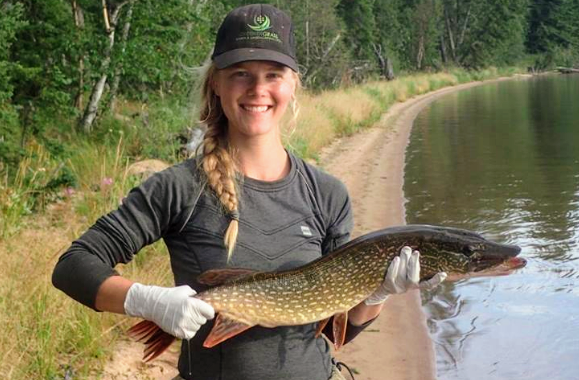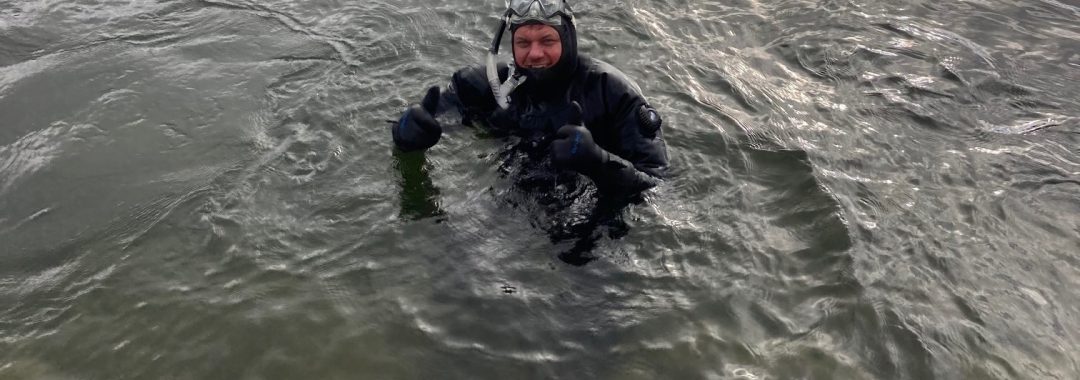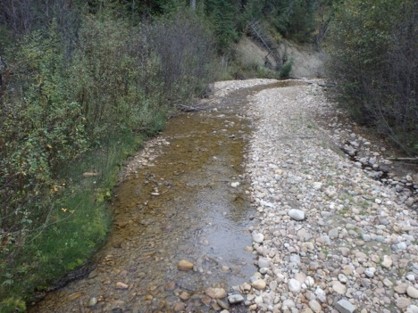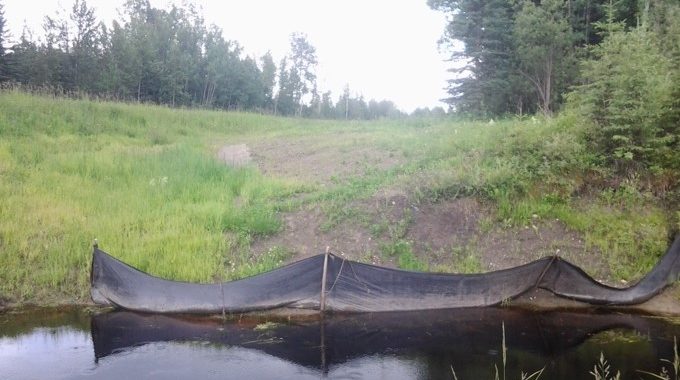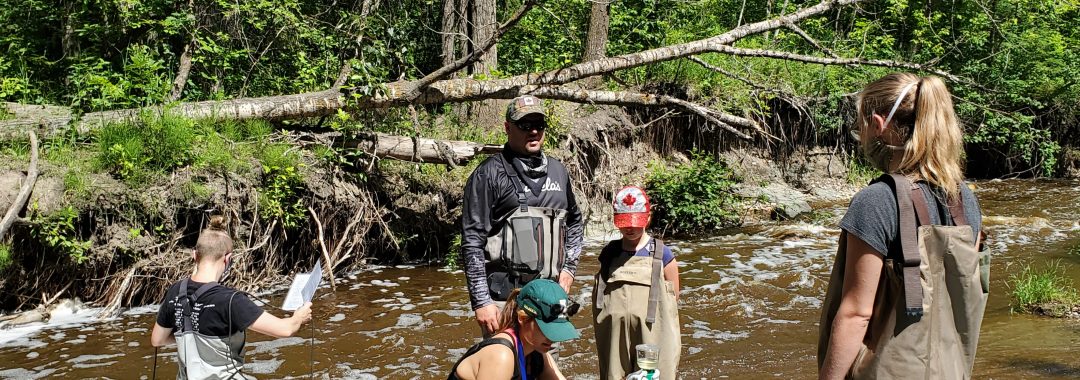Abstract:
An important top-down predator, the northern pike (Esox lucius), faces harsh environmental conditions in the northern boreal ecoregion. They are often managed for recreational fishing and, more recently, to create environmental offsets; strategies aimed at balancing ecological impacts by enhancing or restoring habitats. Our study examines northern pike populations in two remote boreal lakes in northern Alberta: Steepbank and Wappau. The lakes differ in size, vegetation cover, and trophic status, providing a natural experiment for investigating northern pike growth, condition, diet, and population density. Over three years (2018–2020), northern pike were sampled using gill nets. Population metrics, including growth, condition, and stomach contents, were compared between the lakes. Steepbank, a smaller, oligotrophic lake with low vegetation cover, showed lower prey fish densities compared to the larger, eutrophic Wappau, but it did not differ in northern pike catch per unit effort. Growth rates and body condition varied significantly between the lakes, with the northern pike in Wappau exhibiting faster growth and a better condition in the older age groups, while the younger northern pike in Steepbank had higher relative weights. A diet analysis revealed significant differences in prey consumption: Steepbank northern pike displayed higher rates of conspecific predation and invertebrate consumption, particularly in the younger age classes. These findings highlight how lake characteristics and prey availability shape northern pike population dynamics, offering valuable insights for lake management approaches in northern Alberta.
Citation: Theis S., Shirton J., Barbeau M., Ruppert J. W. L. and M.S. Poesch (2025) Growth and diet of Northern Pike (Esox lucius) in Boreal lakes: Implications for Ecosystem Management. Hydrobiologia 4(1): 1.
Also Read:
Theis, S.*, Ruppert, J. L. W. and M. S. Poesch. (2023) Coarse woody habitat use by local fish species and structural integrity of enhancements over time in a shallow northern boreal lake assessed in a Bayesian modeling approach. Ecological Solutions and Evidence 4(2): e12200.
*Lab members: Sebastian Theis, Jonathan Ruppert (former member) and Mark Poesch. Check out opportunities in the lab!

